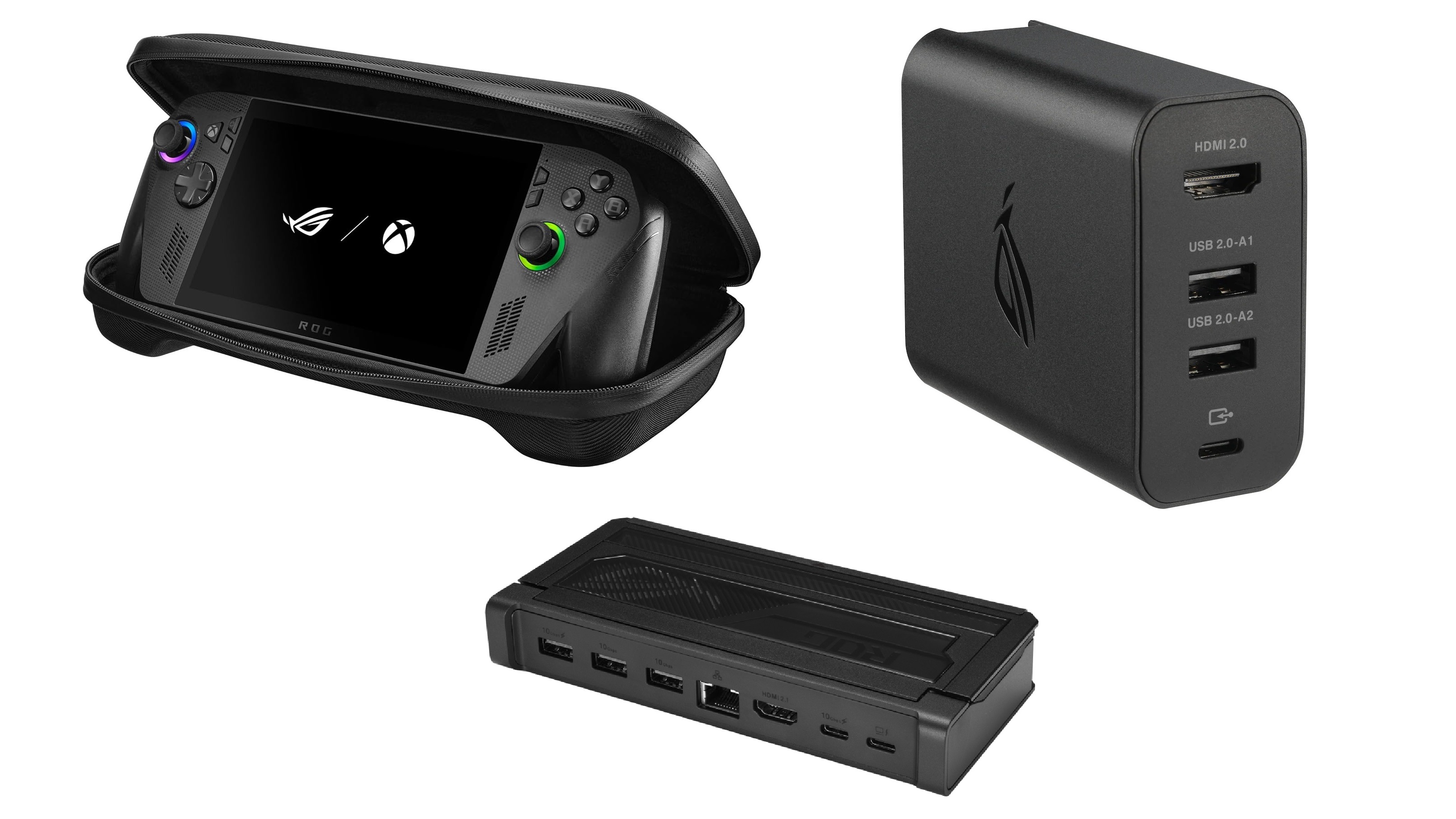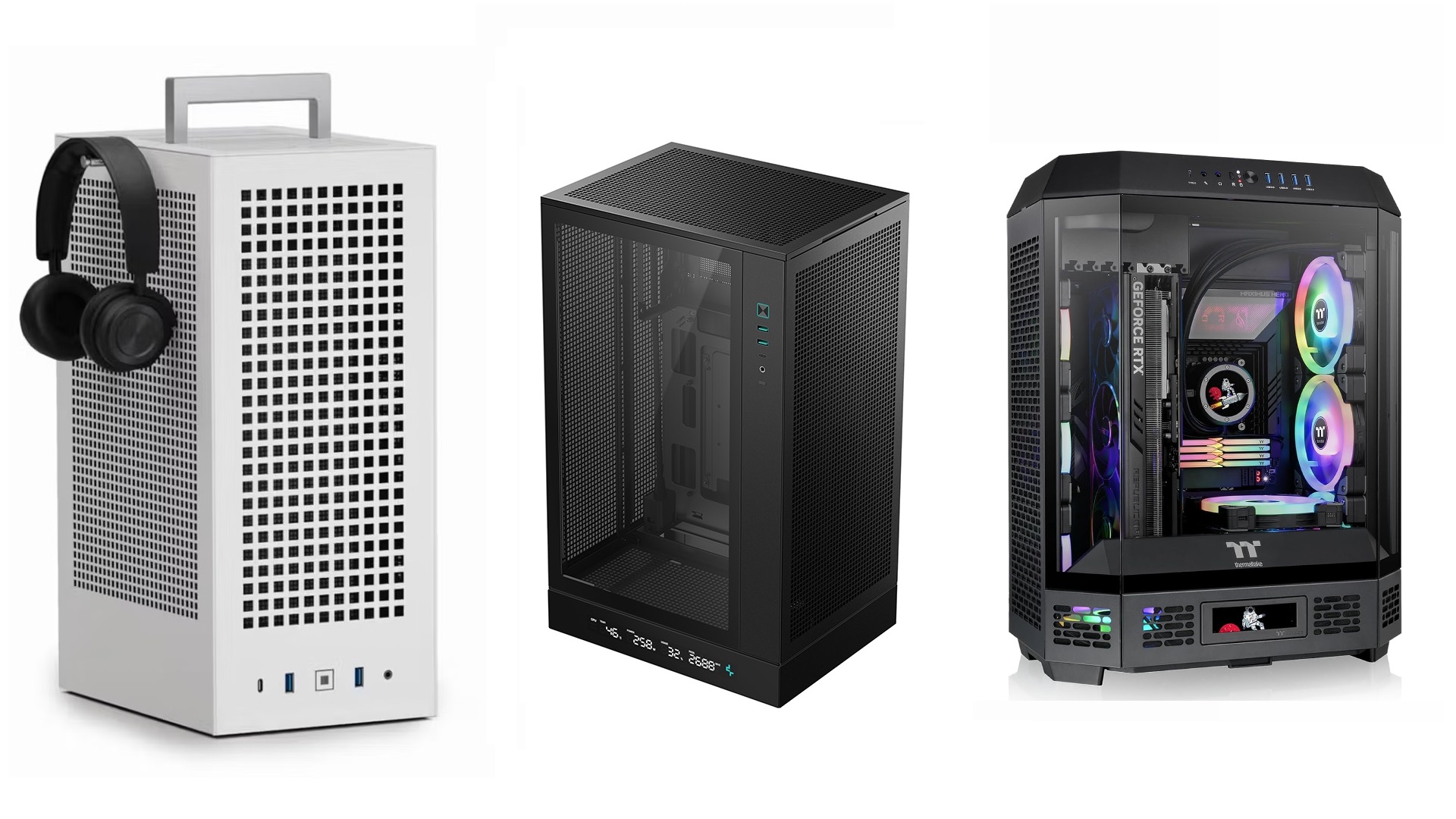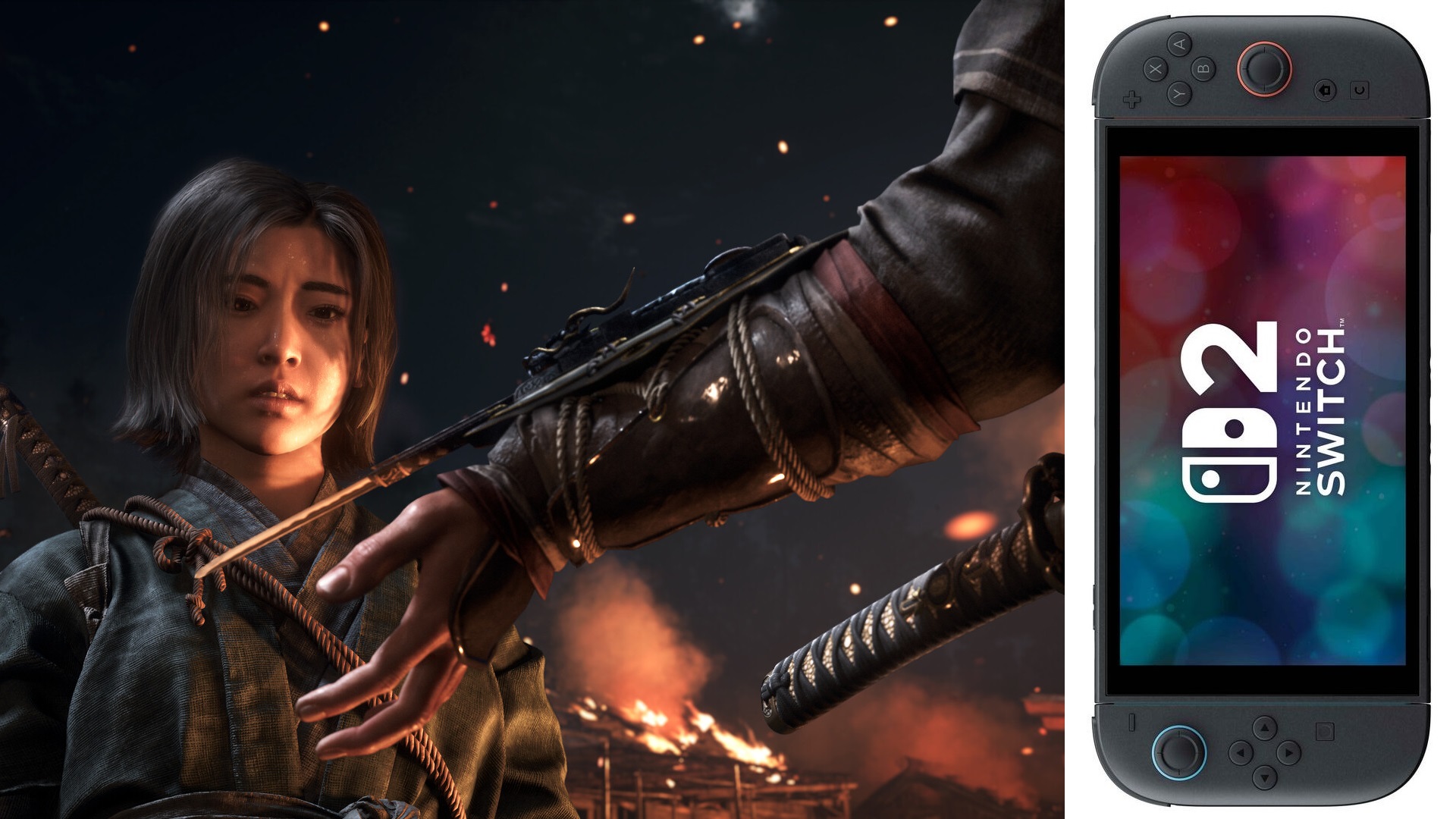Nintendo Switch 2 vs. Lenovo Legion Go S: A Hybrid Console Meets a Handheld PC. Which portable powerhouse is right for you?
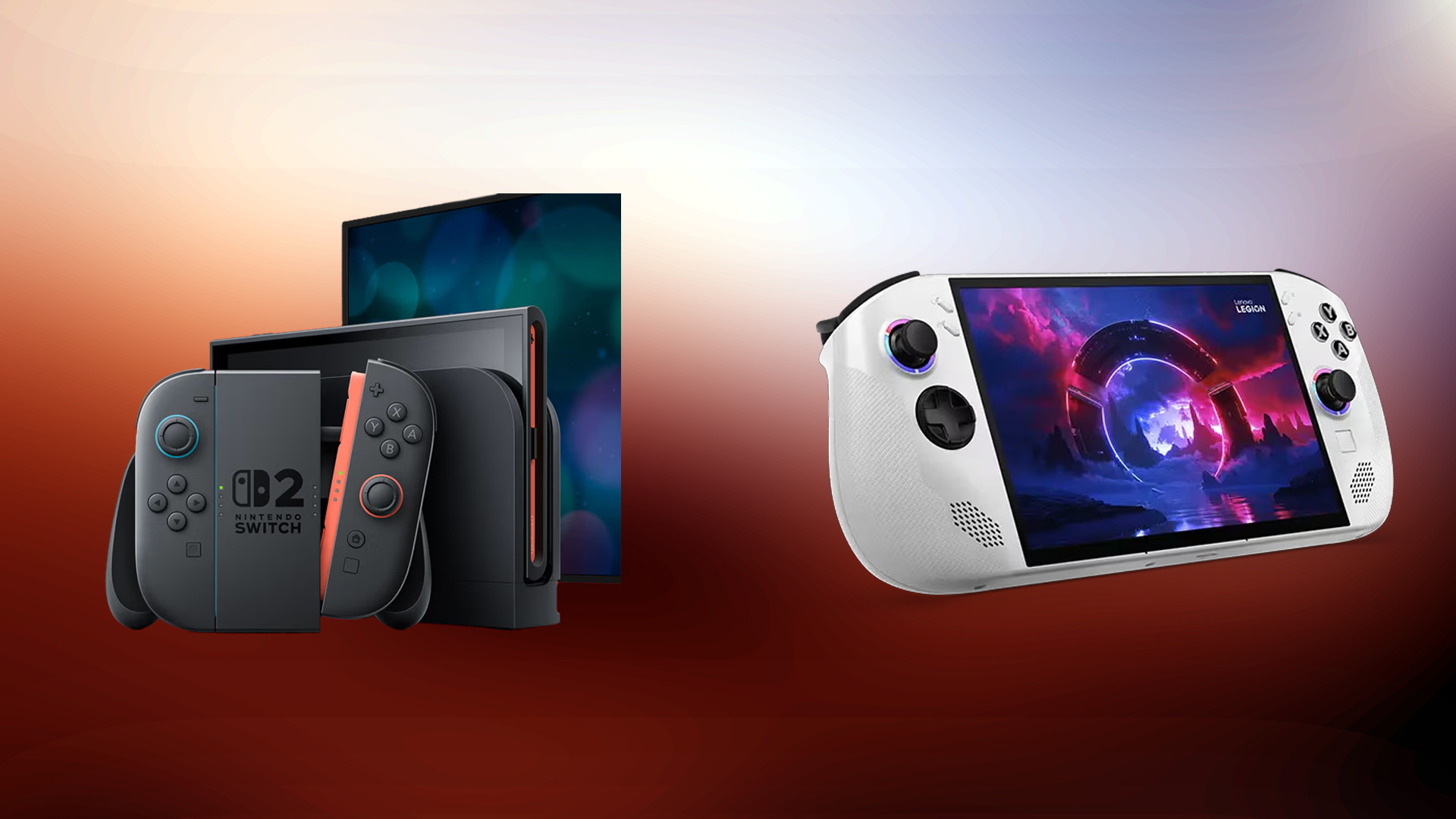
2025 is shaping up to be an exciting year for handheld lovers. On one side, Nintendo Switch 2 improves its hybrid design. On the other hand, there is Lenovo Legion Go S. Both of these devices target portable gaming enthusiasts, but take very different approaches in doing so. Starting from the hardware design, performance capabilities, operating system, and the user experience, everything is different. The Switch 2 promises Nintendo’s signature first-party exclusives with its all-new hardware, while the Legion Go S is essentially a PC in a handheld form factor. Let’s discuss how these two stack up against each other.
Nintendo Switch 2 vs Legion Go S: Which One is Better?
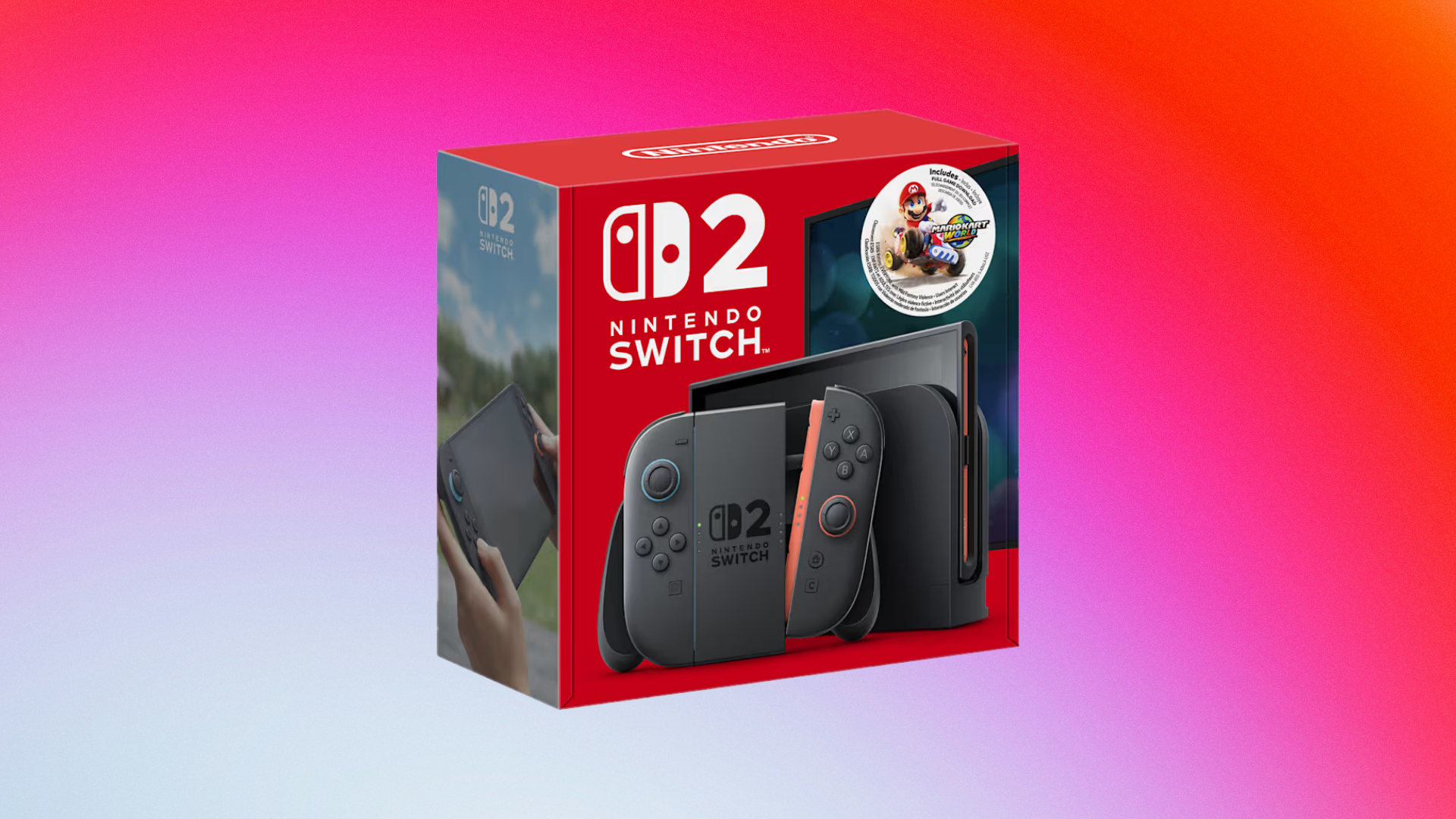
Pricing Overview
- Nintendo Switch 2: $449.99 (base model) | $499.99 (Mario Kart World bundle)
- Lenovo Legion Go S: $549–$599 (depending on configuration)
Note: Pricing is subject to change and may vary by region and bundle.
Design Comparison
The Nintendo Switch 2 sticks to its iconic hybrid design philosophy. It now features magnetic Joy-Con controllers that seamlessly attach to the main unit. Gamers seem to love the improved ergonomics that come with the larger Joy-Con controllers, as Nintendo has addressed the comfort concerns from previous generations. Additionally, the magnetic attachment system addresses the durability issues with the rail mechanism present in earlier models.
The Lenovo Legion Go S adheres to a traditional handheld PC design, lacking detachable controllers. It’s on the heavier side, significantly heavier than the Switch 2 with Joy-Cons attached, but surprisingly comfortable to hold. Chances are that it might rival the Steam Deck’s grip. Build-wise, both of these devices differ significantly. Nintendo constructs the Switch 2 with premium materials. On the other hand, the Legion Go S utilizes a standard PC handheld construction with plastic components, primarily to keep costs down.
Features
Nintendo has armed the Switch 2 with incredible software design. It features a “Search for Controllers” function that makes Joy-Con controllers both vibrate and emit audible sounds to help locate them. Additionally, the device supports Nintendo’s extensive first-party game library, offering backward compatibility for older Switch titles. The Switch 2 also features VRR (Variable Refresh Rate) in its display and adds support for HDR.
The Legion Go S runs Windows 11 from scratch, making it a PC in handheld form. It has access to Steam, Epic Games Store, Xbox Game Pass, and all the other benefits that come with being part of the PC Master Race. Wait, there’s more. You can also install Steam OS on it, which further enhances its gaming capabilities, as Steam OS is an excellent choice for handheld gaming. The device also supports external accessories through standard USB-C ports, and there is an option to expand your storage via NVMe slots.
It is essential to note that both platforms adopt a software approach in very different ways. The Nintendo Switch 2 is a closed-source ecosystem; you will be severely limited, as you cannot use streaming services like Hulu within it. On the other hand, Legion is free to modify, whereas Windows is closed source; however, you can still install Linux on it. Streaming apps are no issue on it, just like they are on a PC.
Hardware Comparison
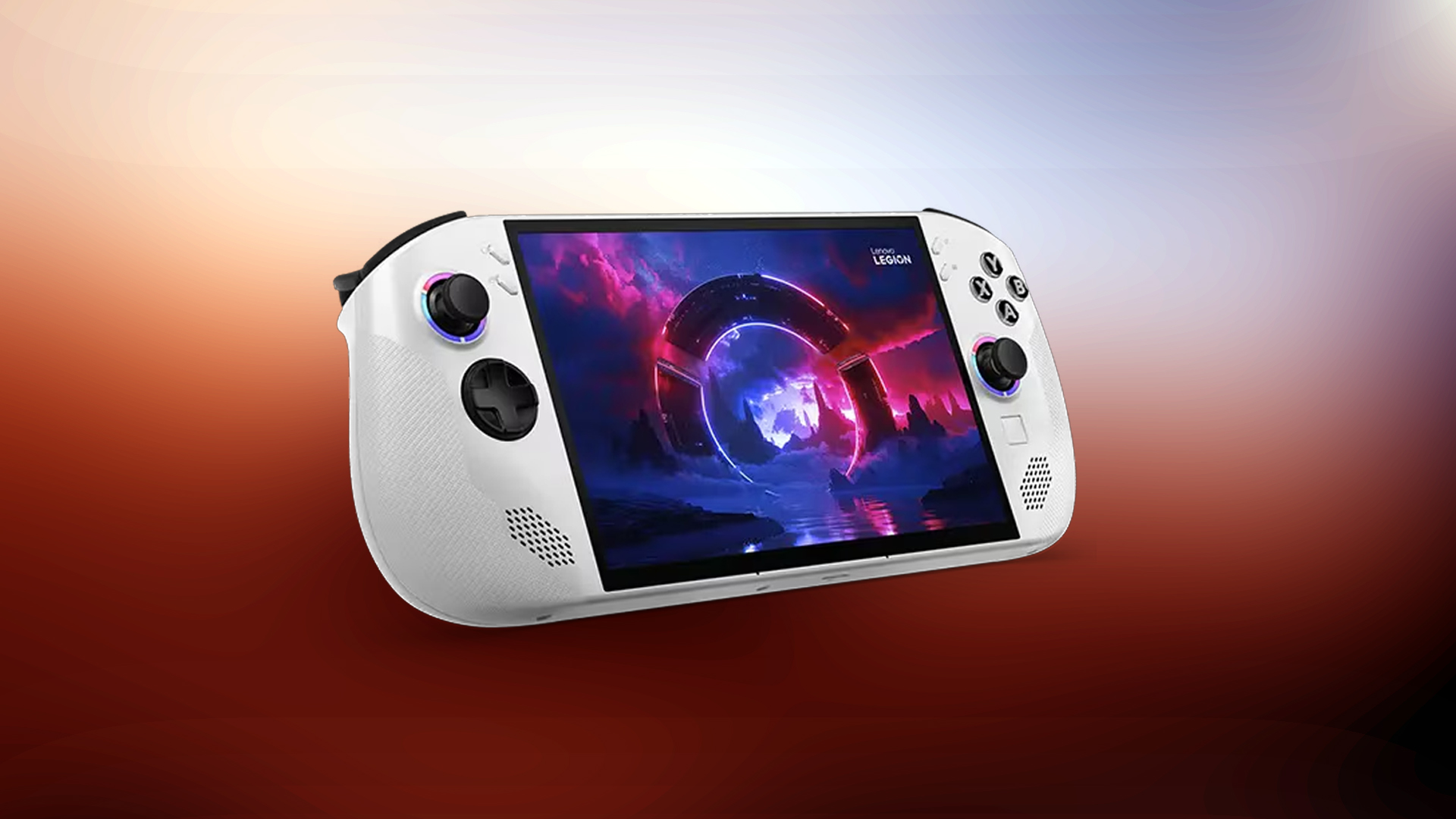
Controllers and Build
- Nintendo Switch 2: Joy-Con 2, which are detachable, weigh in at 78g each, feature Hall-effect sticks, textured grips, and a modular design, making them suited for multiplayer.
- Legion Go S: Integrated controllers, firmer joysticks, responsive triggers, fixed to the device, a lot less modular.
Device Construction
- Nintendo Switch 2: High-quality plastic body (270mm x 166mm x 14mm), lightweight and incredibly durable.
- Legion Go S: Plastic chassis (299mm x 127.55mm x 22.6mm), larger and heavier, prioritizes battery and cooling.
Technical Specifications
| Component | Nintendo Switch 2 | Lenovo Legion Go S |
| CPU | 8-core ARM Cortex A78C (up to 1.7GHz) | AMD Ryzen Z2Go (4C/8T, Zen 3+, up to 5GHz) |
| GPU | Ampere (1536 CUDA cores, ~3.09 TFLOPS docked) | RDNA 2 (12 CUs, integrated) |
| RAM | 12GB LPDDR5 (9GB available for games) | Up to 32GB LPDDR5, VRAM allocation depends on game optimization |
| Storage | 256GB + microSD Express | NVMe SSD (various configs, PCIe 2280 support) |
| Battery Size | 5220mAh | 55.5Wh |
| Battery Life | 2–6.5 hours | ~2 hours at 25W TDP |
| Video Output (Docked) | 4K/60Hz, 1440p/120Hz | USB-C Display Out (up to 4K/60Hz) |
| Screen Size/Type | 7.9-inch LCD (1080p/120Hz, VRR) | 8-inch IPS LCD (1920×1200, 48–120Hz VRR) |
| Max Framerate | 120Hz (handheld/docked) | 120Hz (VRR supported) |
| HDR/VRR Support | HDR10, VRR (Unavailable on docked) | VRR / Dolby Dynamic Vision mimics HDR, but it is not a practical form of HDR. |
| Weight | 534g (with Joy-Cons) | 730g |
| Dimensions | 272mm x 166mm x 13.9mm | (299mm x 127.55mm x 22.6mm) |
Performance Benchmarks
Note: These results are compiled from publicly available data.
Nintendo Switch 2: In docked mode, with its Ampere GPU, it can clock in at 3.09 TFLOPS of peak compute power and supports Ray Tracing alongside DLSS Upscaling. This performance transition is evident in games such as Cyberpunk 2077, which can run at 1080p/30 FPS (Quality mode) and 40 FPS with Performance mode.
Legion Go S: With its Ryzen Z2Go and RDNA 2 GPU, it achieves excellent performance in PC games, but trails higher-end PC handhelds and the Switch 2 (docked) in terms of efficiency. It can reach around 30-60 FPS in modern AAA games at 1080p on medium settings, with upscaling, of course. Still, battery life is significantly shorter due to the more powerful components and higher TDP ratings.
Overall Impressions
The Nintendo Switch 2 is an excellent hybrid, portable, and ergonomic handheld gaming device that can deliver serious performance in both docked and portable modes. The hardware is well-balanced for both handheld and docked gameplay, and the Joy-Con 2 controller makes it a compelling choice for multiplayer games. Battery life is strong due to higher efficiencies within the T239 SoC. It’s really an incredible choice for a handheld on the go. It’s a shame that it can only run games, specifically Nintendo titles, but not others.
The Legion Go S is a PC in your hands, significantly powerful on paper, and has higher RAM and storage options (depending on your configuration). Software policies do not restrict it, but it’s on the heavier side, comfortable at least. It has a shorter battery life, but you can also stream media with it.
Conclusion
- Choose the Switch 2 if you prefer a more efficient handheld, look forward to Nintendo’s exclusives, and are intrigued by its hybrid stature.
- Choose the Legion Go S if you are into PC gaming and tinkering, and require more power, but are okay with a shorter battery life.
We provide the latest news and “How To’s” for Tech content. Meanwhile, you can check out the following articles related to PC GPUs, CPU and GPU comparisons, mobile phones, and more:
- 5 Best Air Coolers for CPUs in 2025
- ASUS TUF Gaming F16 Release Date, Specifications, Price, and More
- iPhone 16e vs iPhone SE (3rd Gen): Which One To Buy in 2025?
- Powerbeats Pro 2 vs AirPods Pro 2: Which One To Get in 2025
- RTX 5070 Ti vs. RTX 4070 Super: Specs, Price and More Compared
- Windows 11: How To Disable Lock Screen Widgets
 Reddit
Reddit
 Email
Email
